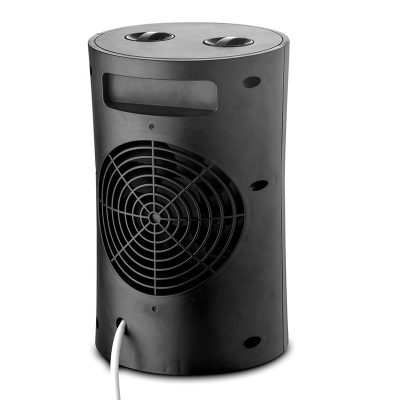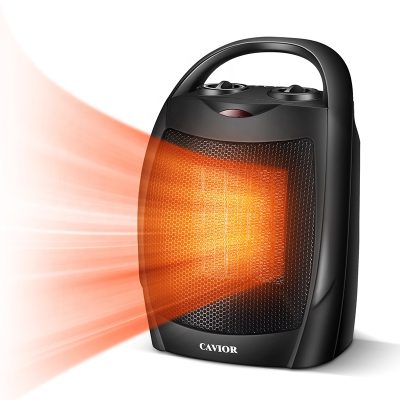It is a comfortable enjoyment to have a heater to provide warmth in the cold winter, but when consumers buy a heater, they do not know which heater is better. Different types of heaters on the market have different characteristics. For a good heater, it is recommended that you first understand the characteristics of each heater before making a comparison and purchase. The following content will give you a detailed introduction to the characteristics of different heaters.
1. Electric heater
This kind of electric heater is filled with a new type of heat-conducting oil. When the power is turned on, the heat-conducting oil is heated around the electric heating pipe, and then the heat will be dissipated along the heat pipe or the fins. The oil-filled electric heater is also an electric heater. When the oil temperature reaches 85 degrees, it will automatically cut off the power of the temperature control element.
This electric heater heat transfer oil does not need to be replaced and has a long service life. It is suitable for use in living rooms, bedrooms, aisles and families with the elderly and children, with the advantages of safety, hygiene, dust-free and odorless.
The disadvantage is that the heat dissipation is slow and the power consumption is high. There are 7, 9, 10, 12, etc. of oil cooling fins. The power can be adjusted by selecting the number of fins, and the power used is about 1200 watts.
2. PTC ceramic heater
PTC ceramic heater heating element is a heating element made by sintering electric heating body and ceramics together at high temperature. The disadvantage is that the power consumption is large and the heating area is small. The advantage is that it will not overheat, energy saving, safety, and long life.
3. Quartz tube heater
Such products are mainly composed of sealed electric heating elements, parabolic or arc surface reflectors, protective strips, and power adjustment switches.
Guan, etc. The disadvantage is that the heating range is small, and it is easy to produce open flames and consume oxygen. The advantage is that it heats up quickly.
Four, convection heater
Principle: The upper part of the electric heater cover is the air outlet, and the lower part is the air inlet. After the power is turned on, the air around the electric heating pipe is heated and raised, and flows out from the air outlet, while the surrounding cold air enters the supplement from the air inlet. This repeated cycle, so that the indoor temperature can be increased.
The electric heater has high safety performance and quiet operation, but the disadvantage is that the temperature rises slowly. When the inlet and outlet are blocked or the ambient temperature is too high, the temperature control element will automatically cut off the power supply of the electric heating tube.
5. High temperature super thermal conductor
It generates heat by heating superconducting oil, and uses the fan to transfer heat, which is suitable for use in reception rooms and bathrooms. Its big advantage is that the temperature within the bathing range can reach above 25°C, which is safe and convenient, and the instant the heating light switch is turned on. The downside is that the thermal efficiency is not as uniform.
Different types of heaters have different characteristics. Each heater has its own advantages and disadvantages. You have seen the characteristics of several common heaters introduced above, and you can choose a good heater that suits you.







